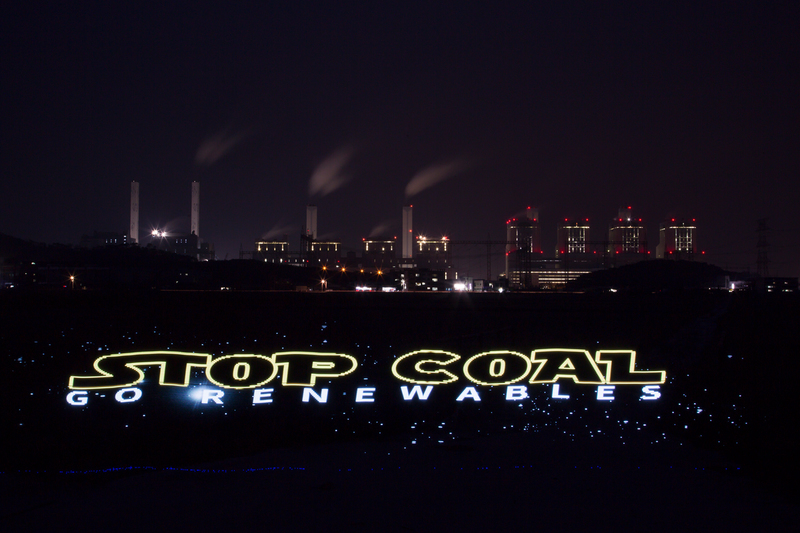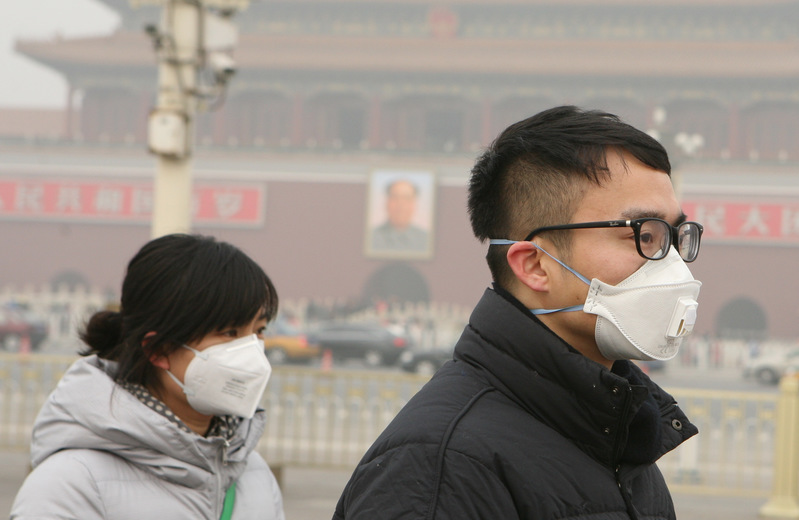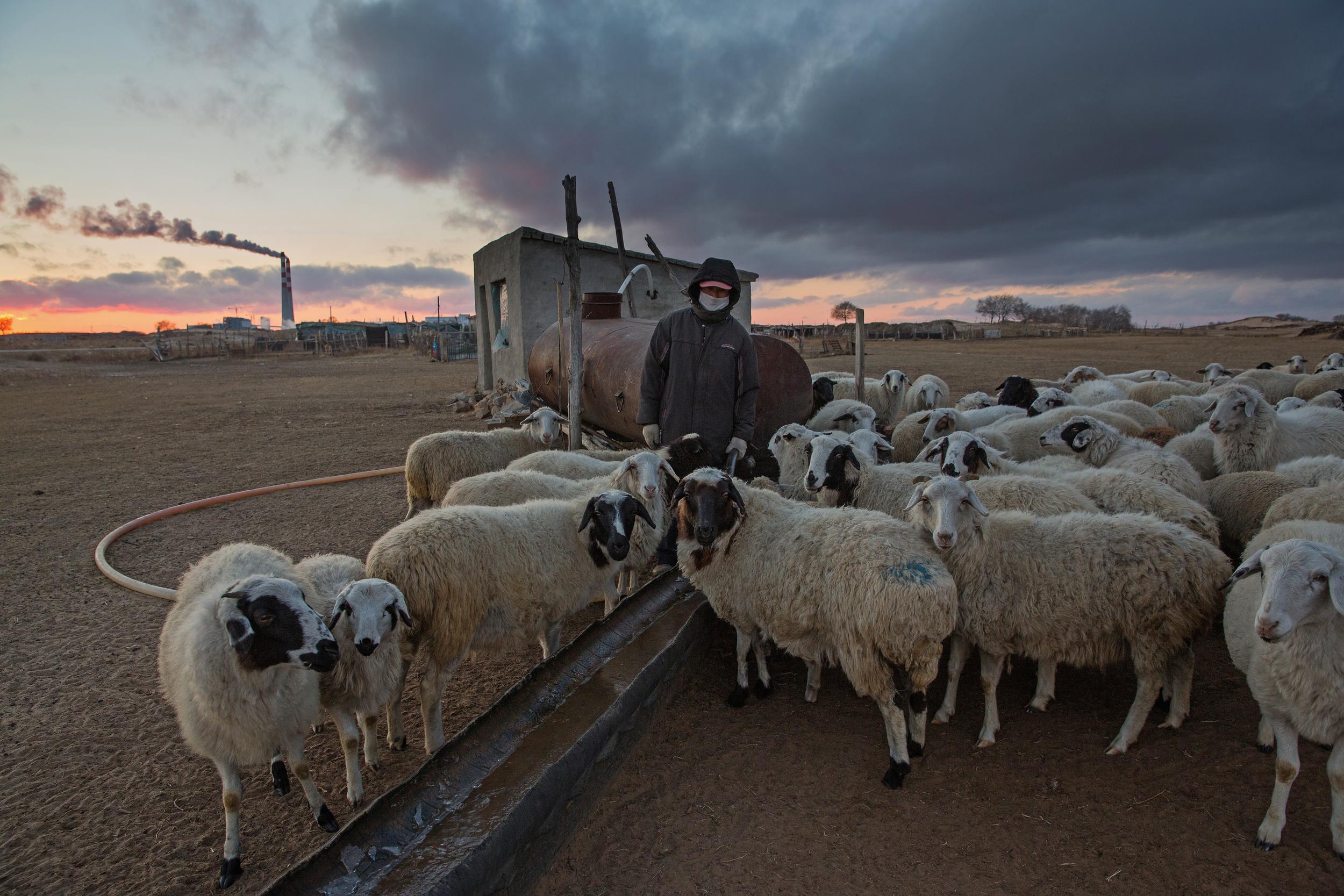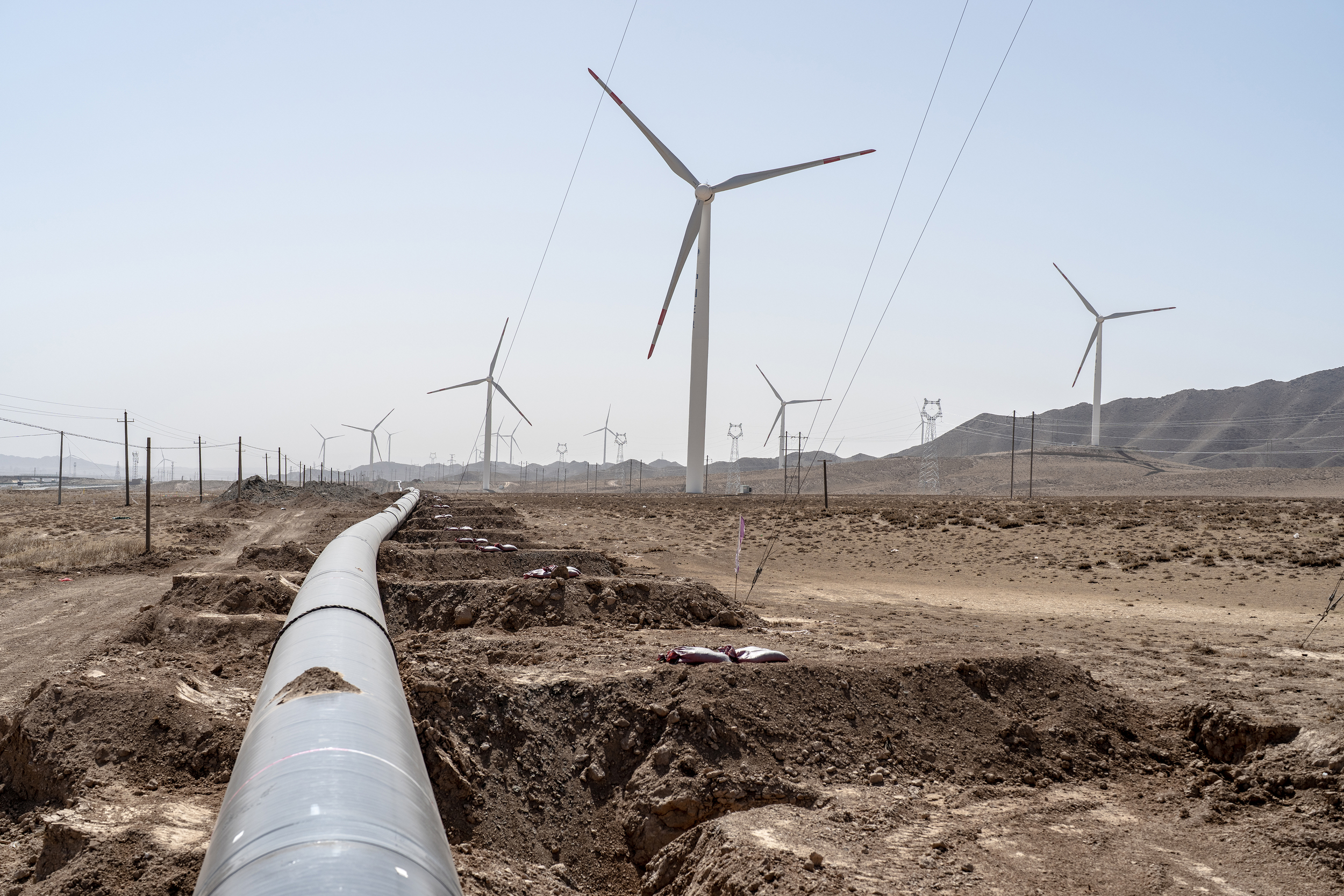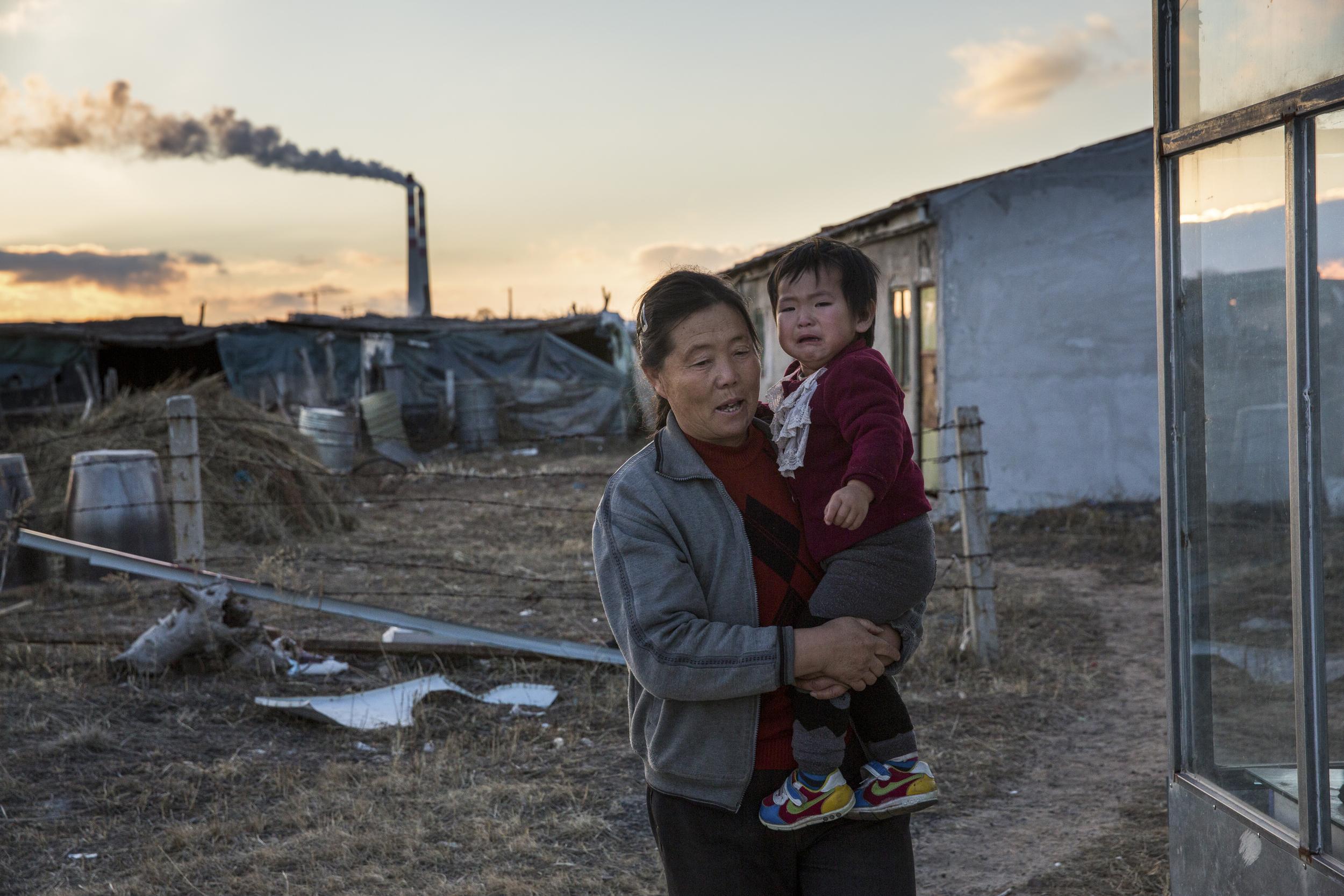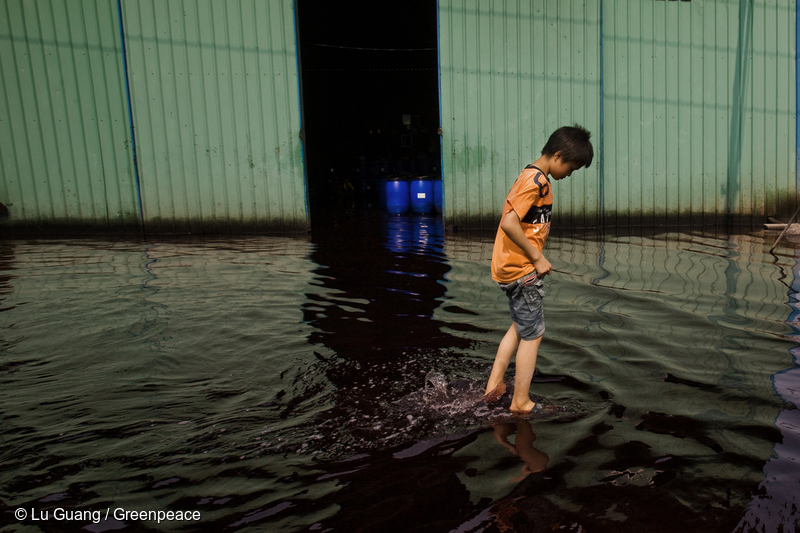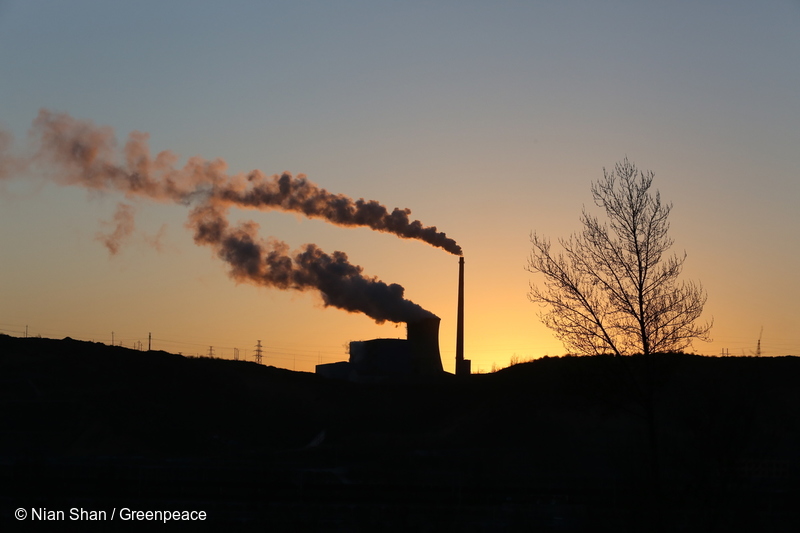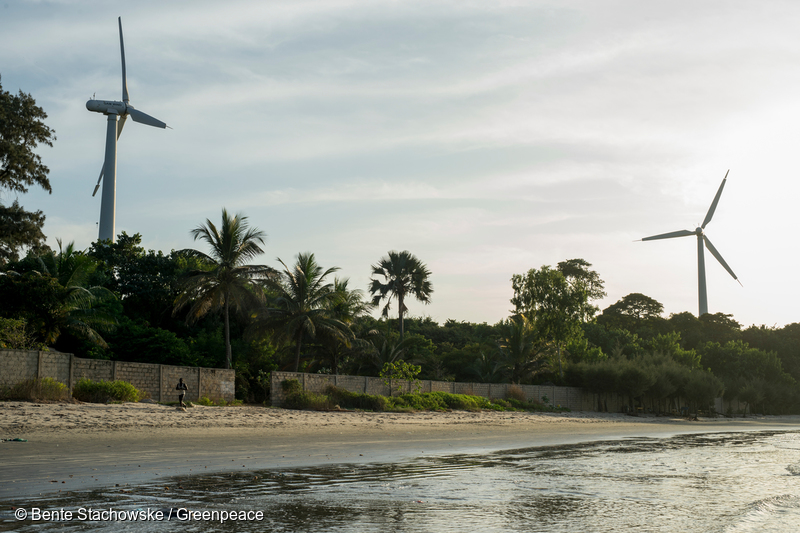-
Greenpeace East Asia comment on IEA report Coal 2023
"After COP 28, China should actively work with European Union countries to promote more ambitious decarbonization targets and reduce coal consumption in the power sector as soon as possible."
-
Greenpeace East Asia comment on CREA survey responses on 2030 coal peaking
“China must create a more flexible power system with a more effective market and policy mechanism to fully unleash the potential of renewable energy. Only then can renewable energy truly become the backbone of China’s energy system and trigger an early peak as coal goes out of use."
-
China’s 2023 coal approvals grow to 50.4 GW, as coal constricts space for energy storage, climate solutions
Beijing – At least 50.4 gigawatts (GW) of new coal power was approved across China in the first six months of 2023, new research from Greenpeace East Asia shows, raising…
-
China’s rich provinces kick off “green race” to cash in on climate solutions, but most remain stuck on fossil fuels: Greenpeace
An analysis of project planning by top regional economies in China found that investment in energy storage and electric vehicles is growing among Jiangsu and…
-
China has already approved more new coal in 2023 than it did in all of 2021 — Greenpeace
Redoubled coal investment comes at the expense of desperately-needed improvements to China’s electric grid and energy storage capacity that would make it easier for existing capacity to meet periods of high energy demand.
-
Mixed signals as Guangdong’s strategic investment pivots to a mix of fossil gas and renewable energy
An analysis of key project lists for Shanghai and three high-GDP provinces – Guangdong, Zhejiang, and Jiangsu – shows strategic investment concentrating in Guangdong, as it sends mixed signals on its energy transition.
-
Plans for new coal plants in China rebound, with 8.63 GW approved in the first quarter of 2022
Provincial governments across China approved plans to add a total 8.63 gigawatts (GW) of new coal power plants in the first quarter of 2022 alone, already 46.55% the capacity approved throughout 2021, new research from Greenpeace East Asia’s Beijing office shows.
-
ByteDance (owner of TikTok) among lowest scoring companies in new Greenpeace China tech ranking
ByteDance, which owns video sharing app TikTok and recently began to offer cloud services, ranked third from last in Greenpeace East Asia’s 2022 climate ranking of…
-
Greenpeace Global Review 2021: 50-Year Green Initiatives for Better Future
Pandemic and uncertainty have swept the world throughout the year 2021, yet Greenpeace has spared no seconds holding back its move in adverse conditions. Experience of this turbulent year shows…
-
Greenpeace calls for clear renewable energy targets in China’s overseas investment and aid
In Belt and Road countries, China’s public finance institutions could develop as much as 679.69 gigawatts (GW) of solar power and 26.55 GW of wind power by 2030, effectively cutting 1.8 billion tons of carbon emissions and creating 310,000 new jobs, new research from Greenpeace East Asia shows.

